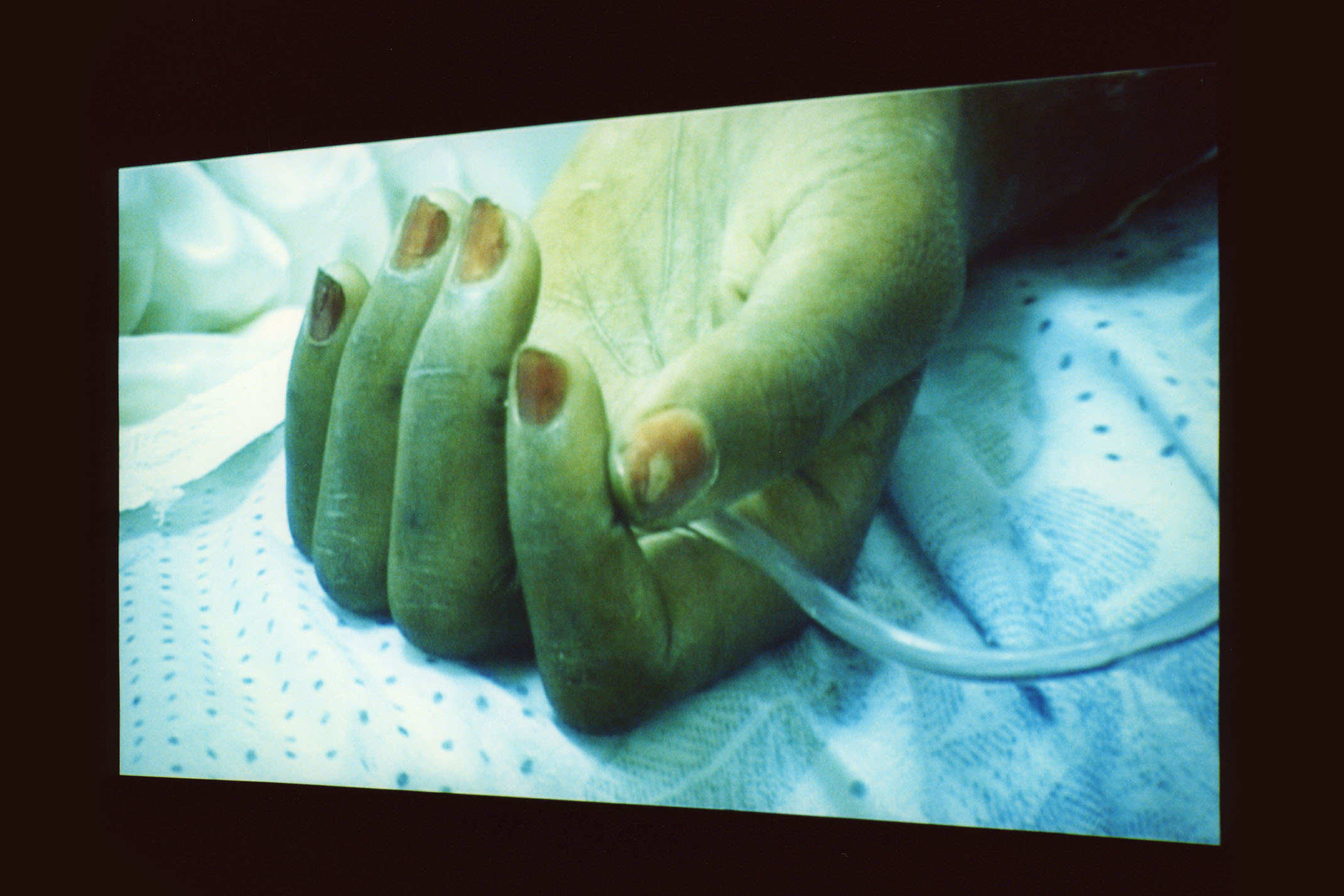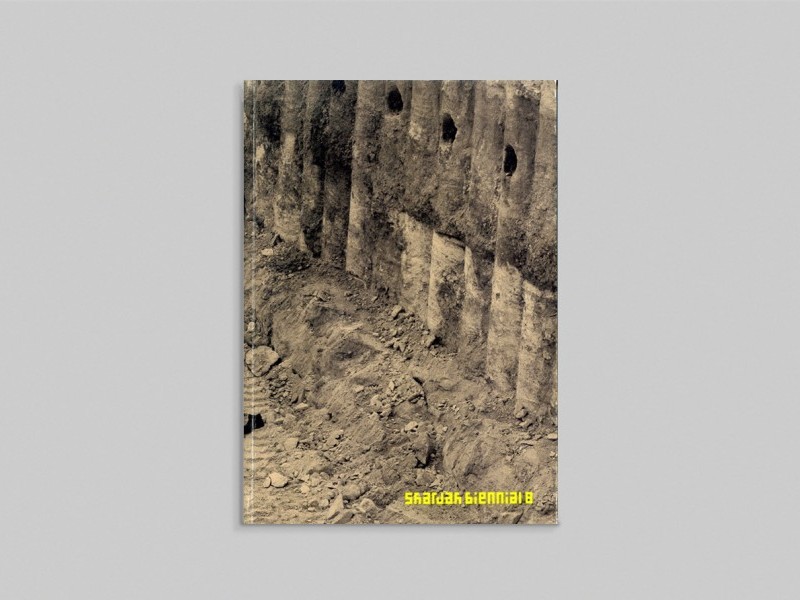
Muxima, 2005
Alfredo Jaar
Muxima, 2005
36 minutes
Courtesy of the artist and Galerie Lelong, New York
search


Alfredo Jaar
Muxima, 2005
36 minutes
Courtesy of the artist and Galerie Lelong, New York
Muxima
If you want a sense of how utterly alive Africa is today, culturally and politically, listen to its popular music. That’s what Alfredo Jaar does in his beautiful 30-minute film, Muxima (pronounced moo-sheem-AH), set in Angola and named for a local folk song.
Mr. Jaar is perhaps best known for another work inspired by Africa, a multipart project about Rwanda made in the immediate aftermath of the slaughter of Tutsi people. Unlike Thomas Hirshhorn’s recent installation at Barbara Gladstone, with its gruesome photographs of Iraqi war casualties, Mr. Jaar’s piece, a spartan, text-intensive installation, included no pictures of the Rwandan dead, as if he mistrusted the too-easy saturation effect of documentary images.
Muxima takes the opposite tack. A color film in 10 short sections, or “cantos”, soaks us in images of Angolan life and history. Shots of crumbling commemorative sculptures refer to the country’s past as a Portuguese colony; street signs with the names of Communist revolutionary heroes recall support from Cuba and the Soviet Union in the 1970s and ’80s. Then there is life today in a land oil-rich and cash- poor: children cavorting at a beach; adults, as dignified as statesmen, traveling downriver in a boat; a patient languishing in a hospital; a land mine exploding.
Behind everything, like flowing water, is the song itself — “Muxima” means “heart” in the indigenous language of Angola — in several recorded versions. One is as sad and slow as a lament, another is peppy as a dance tune; a third, delivered in an exquisite high tenor by a singer seen in the film, throbs like a love song, which is what Mr. Jaar’s clear- eyed film is.
Holland Cotter
Review of Alfredo Jarr’s Muxima in The New York Times,
March 10, 2006
This project was part of Sharjah Biennial 8.

This catalogue accompanied Sharjah Biennial 8, which attempted to renegotiate the relationship between art and ecology into a system of cohabitation.

The second book in the Still Life: Art, Ecology and the Politics of Change series, documents Sharjah Biennial 8 as it was on view.